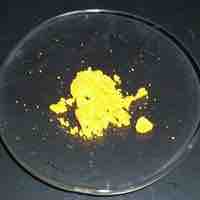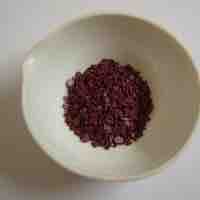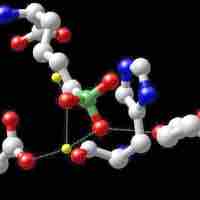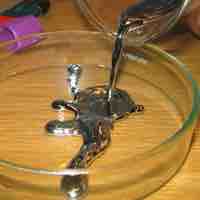Section 2
Chemistry of Selected Transition Metals
Book
Version 33
By Boundless
By Boundless
Boundless Chemistry
Chemistry
by Boundless
6 concepts

Iron
Iron, the active site of many redox enzymes, has many oxidation states, but ferrous (Fe2+) and ferric (Fe3+) are the most common.

Copper
Copper is a ductile metal that conducts heat and electricity and forms a rich variety of compounds with oxidation states +1 and +2.

Chromium
Chromium exhibits a wide range of possible oxidation states, where the +3 state is the most stable energetically.

Manganese
The most common oxidation states of the metal manganese are +2, +3, +4, +6, and +7; the +2 oxidation state is the most stable.

Silver
Silver has the highest electrical conductivity of any element and the highest thermal conductivity of any metal.

Mercury
Mercury is a heavy, silvery d-block metal that forms weak bonds and is a liquid at room temperature.